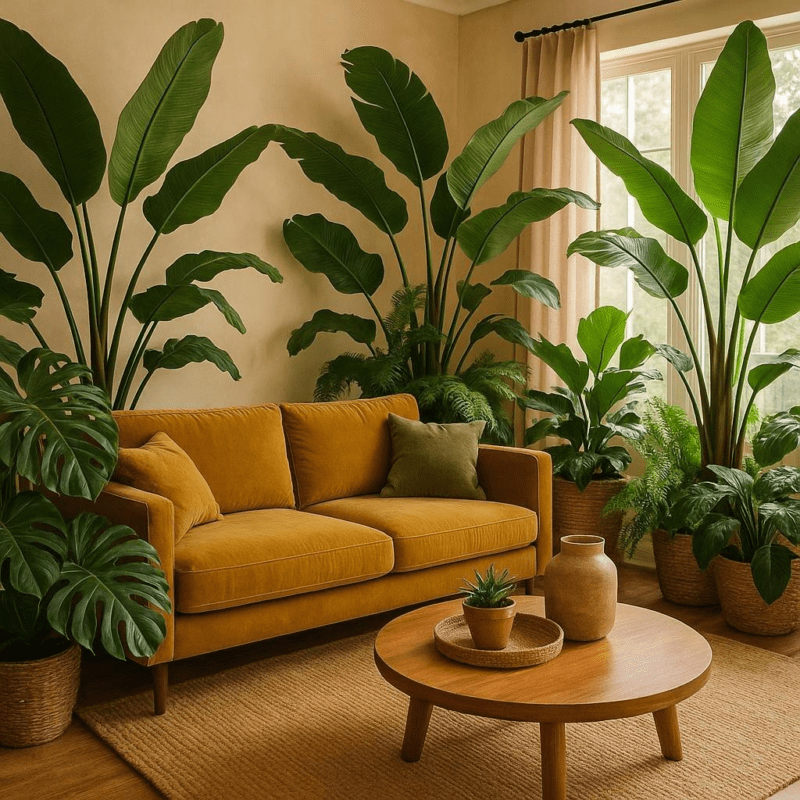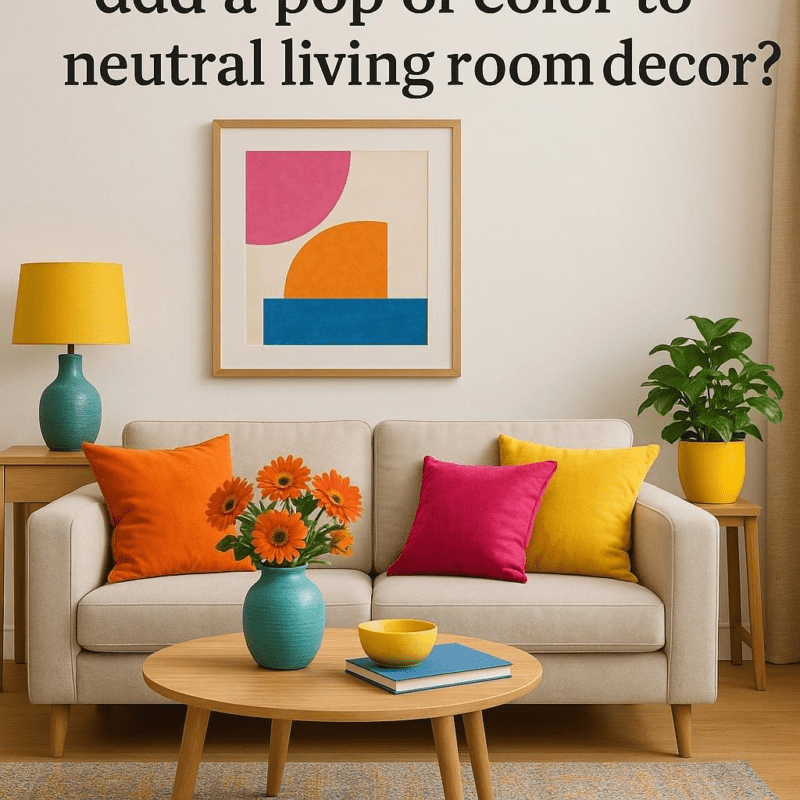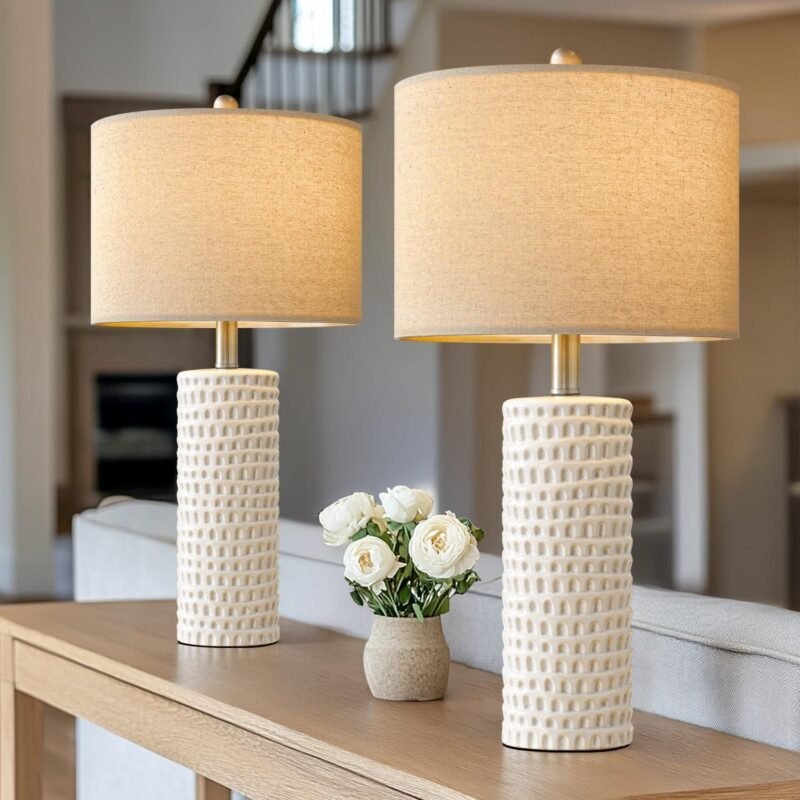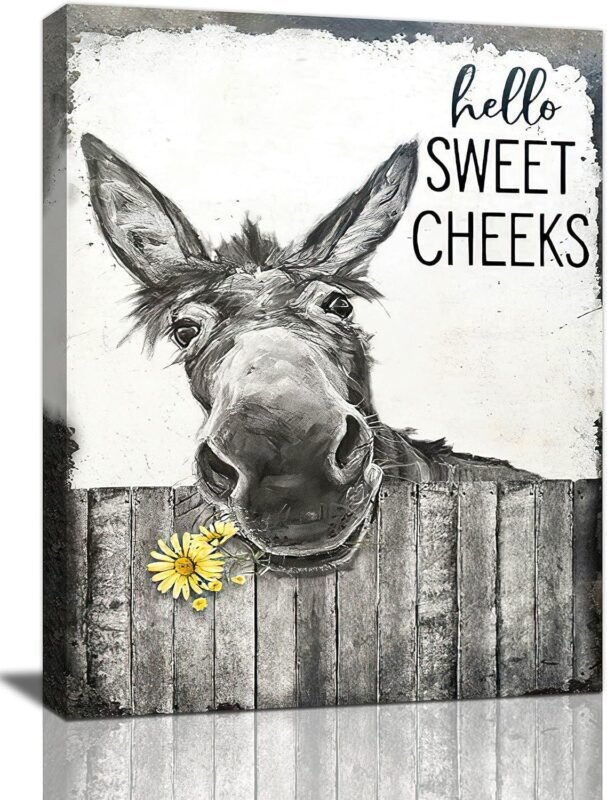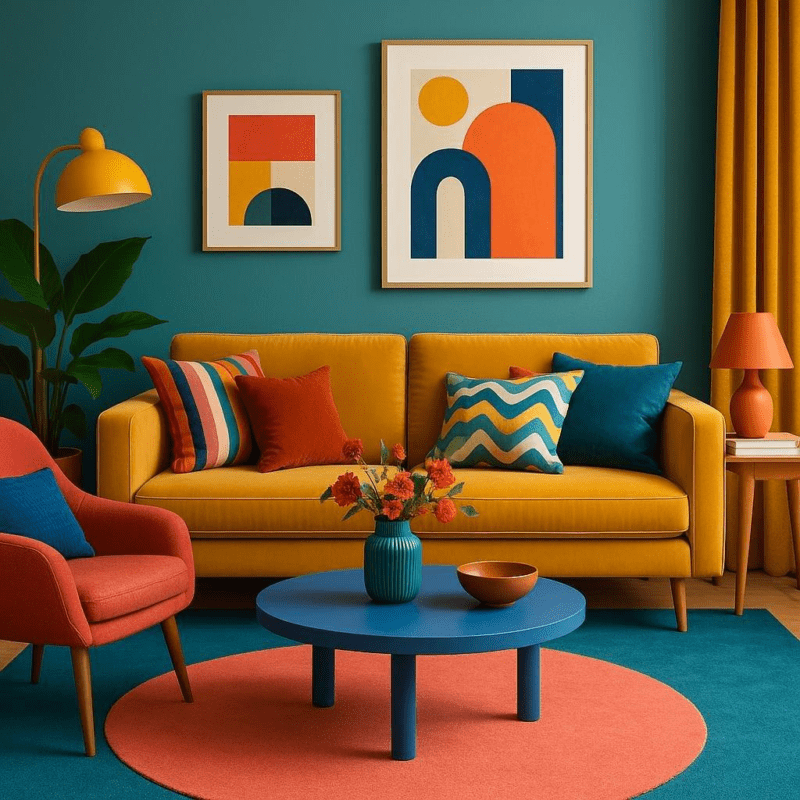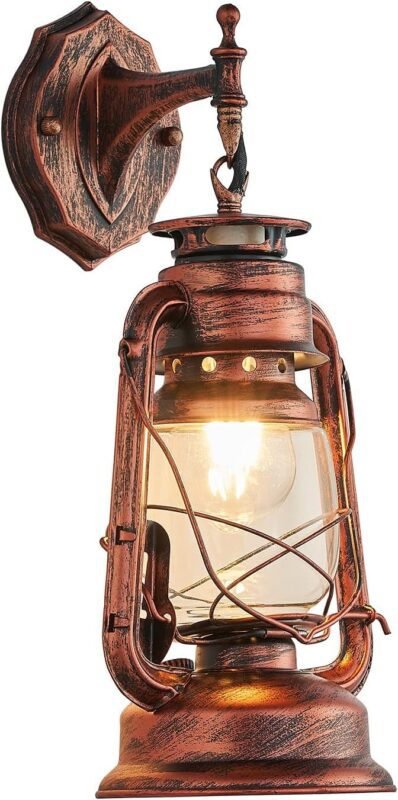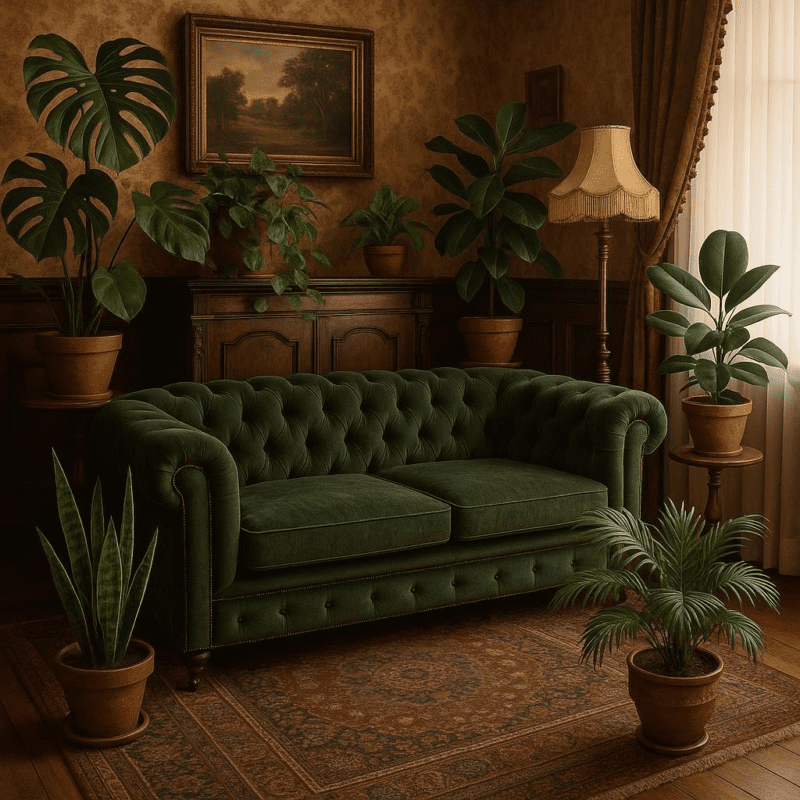Can I mix warm and cool colors in my living room color palette?
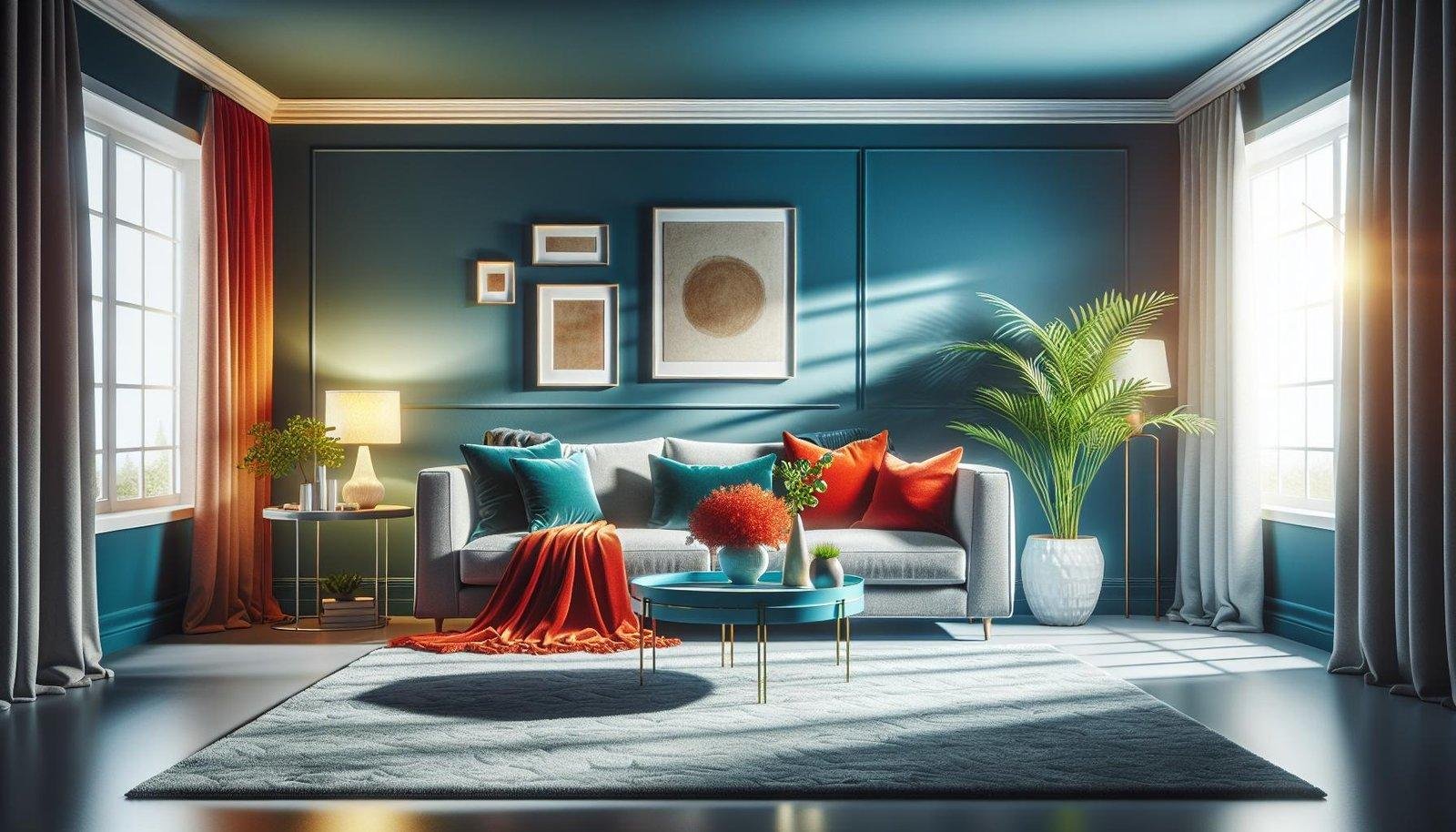
choosing the perfect color palette for your living room can be both exciting and a bit overwhelming. One common question many homeowners ask is whether they can mix warm and cool colors in their space. The good news is that combining these tones is not only possible but can also create a beautifully balanced and inviting atmosphere. In this article,we’ll explore how to harmonize warm and cool colors,offering tips and ideas to help you design a living room that feels both vibrant and cozy. Whether you’re starting from scratch or looking to refresh your current decor, understanding how to blend these hues can open up a world of creative possibilities.
Understanding the Impact of Warm and Cool Colors in Your Living Room
Warm colors, such as reds, oranges, and yellows, bring energy, coziness, and vibrancy to your living room. They tend to create an inviting atmosphere that encourages social interaction and comfort. In contrast, cool colors like blues, greens, and purples promote calmness, relaxation, and spaciousness. When deciding on your color palette, understanding how each group influences mood and perception is essential for achieving the ambiance you desire.
To successfully blend warm and cool tones,consider balancing them through contrasting or complementary accents. Here are some practical tips to keep in mind:
- use warm colors on larger surfaces such as walls or rugs to ground the space.
- Incorporate cool tones in furniture or décor to add depth and tranquility.
- Introduce neutral shades like beige, gray, or white to soften the transition.
- Maintain a consistent undertone to ensure harmony between different hues.
| Color Category | Emotional Effect | Best use |
|---|---|---|
| Warm Colors | Energetic,Cozy | Accent Wall,Throw Pillows |
| Cool Colors | Calming,Spacious | Sofa,Curtains |
| Neutral Colors | Balancing,Soft | Floors,Ceiling |
balancing Warm and Cool Tones for a harmonious Space
Achieving a balanced mix of warm and cool tones in your living room involves thoughtful layering and contrast. Start by choosing a dominant color family to set the overall mood. For instance, if you prefer a cozy ambiance, lean towards warm shades like soft terracotta or muted gold. Then, introduce cool accents-such as teal cushions or a navy throw-to create depth and visual interest. This approach prevents the space from feeling one-dimensional while maintaining harmony. Remember to vary the saturation and brightness of your colors; pairing a muted warm hue with a luminous cool tone can soften the transition and keep the eye engaged without overwhelming it.
To help plan your color interplay, consider the following tips:
- use neutral bases: Whites, greys, or beiges act as canvases where both warm and cool colors can coexist gracefully.
- Incorporate natural elements: Wood and stone frequently enough carry warm undertones, whereas metals and glass may reflect cooler ones, naturally balancing your palette.
- repeat colors in different textures: A warm silk curtain balanced by a cool velvet sofa cushions establishes cohesion through contrast.
- Pay attention to lighting: Natural light can enhance cool tones, while warm artificial lights amplify cosy hues.
| Color Type | Examples | Suggested Use |
|---|---|---|
| Warm Tones | Burnt Orange, Mustard Yellow | Accent walls, rugs, throws |
| Cool Tones | slate Blue, Sage Green | Pillows, vases, artwork |
| Neutral Bases | Soft Grey, Cream | Walls, large furniture |
Tips for Choosing the Right Warm and Cool Color Combinations
When blending warm and cool colors, balance is key to creating a harmonious living room. Begin by selecting a dominant color palette-either warm tones like terracotta and mustard or cool shades such as teal and slate. Incorporate the complementary temperature through accents like throw pillows, rugs, or artwork to avoid overwhelming the space. Consider the mood you want to evoke:
- warm accents: Add coziness and energy.
- Cool accents: Bring a sense of calm and sophistication.
This approach allows your living room to feel dynamic yet cohesive, enhancing both comfort and style.
| Warm Color | Suggested Cool pairing | Effect |
|---|---|---|
| Burnt Orange | Soft Blue | Inviting and balanced |
| Golden Yellow | Slate Gray | Elegant contrast |
| Brick Red | Mint Green | Fresh and vibrant |
Lastly, pay close attention to lighting-both natural and artificial-as it profoundly influences how colors interact. Soft, warm lighting enhances warm hues while cooler lights can make cool colors pop. By layering colors thoughtfully and experimenting with different textures and finishes, your living room palette will embrace both temperature spectrums gracefully, creating a visually stimulating and inviting habitat.
Incorporating Accents to Tie Warm and Cool Colors Together
Bringing together warm and cool hues in your living room doesn’t have to be a challenge when you leverage the power of accents. These small, carefully chosen details can act as bridges between contrasting colors, offering harmony without dullness. Think of vibrant throw pillows, art pieces, or a cozy rug that incorporates elements of both color families-this creates visual interest while knitting your palette together seamlessly. Incorporating metallic finishes, such as brushed gold or silver lamps and frames, can also add a subtle layer of warmth or coolness, balancing the space effortlessly.
Utilizing accents smartly means paying attention to texture and pattern as well. A velvet cushion in a deep burgundy or teal can soften the division between warm reds and cool blues, providing a tactile transition that’s both engaging and inviting. Complement these with decorative items like ceramic vases or woven baskets that pull hues from both sides of the spectrum. Below is a simple guide to pairing accent items with their corresponding color families for an easy reference:
| Accent Item | Warm Color Pairing | Cool Color Pairing |
|---|---|---|
| Throw Pillows | Burnt Orange, Mustard | Teal, Slate Blue |
| Decorative Vases | Terracotta, Cherry Red | Seafoam Green, Indigo |
| Area Rugs | Rust, Golden Yellow | Cobalt, Soft Lilac |
| Metallic Accents | Brushed Gold, Copper | Brushed Silver, Chrome |
To Conclude
Incorporating both warm and cool colors in your living room can create a dynamic and balanced space that feels inviting and visually interesting. By thoughtfully combining these tones, you can highlight architectural features, define different areas, and express your unique style. Remember to consider the mood you want to set and use accessories or accents to tie the palette together seamlessly. Ultimately, mixing warm and cool colors offers endless possibilities to make your living room truly feel like home.

